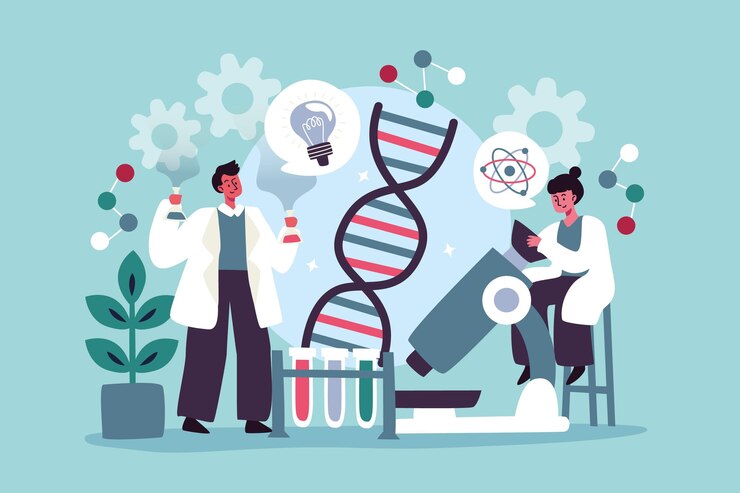CSIR NET Life Science Syllabus 2025 is divided into three sections-A, B and C. The topics in Part A include General Science, Quantitative Reasoning & Analysis and Research Aptitude. This part is common for all candidates. However, Part B and C are subject-specific. CSIR NET Life Science syllabus comprises topics and sub-topics from chapters such as Molecules and their Interaction Relevant to Biology, Cellular Organization, Fundamental Processes, Cell Communication and Cell Signaling and many more





